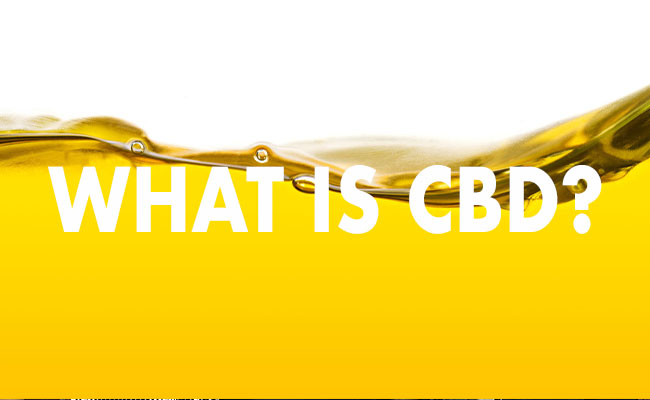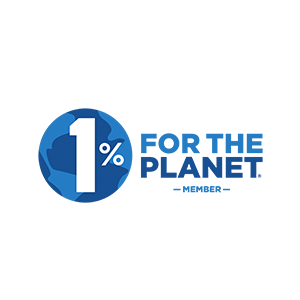
When It Matters | Significant Interactions with Cannabis
WRITTEN BY DR. SWATHI
“Does cannabis interact with any of my medications?”
This elusive question is much more complicated to answer with the limited clinical studies, analyses and anecdotal evidence regarding cannabis and its interactions with other pharmacological agents. In short, cannabis is unlikely to cause drug interactions at low doses, however, certain drug interactions are imperative for providers and patients to know.
Many of the drug-drug or drug-herb interactions of concern are based on the cytochrome (CYP) P450 family of enzymes which metabolize consumed cannabis as well as many of the FDA approved medications patients may be prescribed. The two most therapeutically common constituents of cannabis, CBD (cannabidiol) and THC (tetrahydrocannabinol), are primarily metabolized by the specific enzyme, CYP3A4. But, not all of its metabolism is limited to one enzyme. CBD is also primarily metabolized by 2C19 and may have influence on CYP1A2, CYP2B6, CYP2C8 and CYP2C9, but more information is needed to conclude the type and extent of its influence. In contrast, THC is primarily metabolized by CYP3A4 and 2C9. 1,2
Commonly prescribed medications of highest concern metabolized by cytochrome P450 enzymes include:
- Anticoagulants “blood thinners” (eg. warfarin, Eliquis, Xarelto)
- Antifungals (eg. ketoconazole, fluconazole)
- Cholesterol Agents (eg. Statins: Lipitor, Crestor, Altoprev, Zocor)
- Macrolide Antibiotics (eg. erythromycin, clarithromycin)
- Post-Transplant Agents (eg. cyclosporine, tacrolimus, sirolimus)
- Anticonvulsants (eg. valproic acid, carbamazepine, phenytoin, phenobarbital)
- Antiretrovirals (eg. ritonavir, indinavir, nelfinavir, saquinavir)
Uppercase are brand names and lowercase are generic names. This is not a comprehensive list.
Apart from CYP450 interactions, when cannabis is consumed with alcohol and/or prescription benzodiazepines (eg. Xanax, Valium), the overall sedative effect may be amplified.
As my duty as an Integrative Health Pharmacist, I must mention that studies show that common herbs such as Echinacea spp., Ginkgo biloba, garlic, goldenseal and milk thistle did not interact with the CYP450 enzyme system. However, a few notable herbs as well as foods that do interact with CYP3A4 are St. John’s wort, valerian root and grapefruit juice. St. John’s wort acts as an inducer which can cause other medications metabolized by the same enzyme (examples above) and cannabis to have a reduced therapeutic effect (4). In contrast, valerian root and grapefruit juice act as inhibitors which can cause an additive effect similar to sedation of the concurrent use of cannabis and alcohol and/or benzodiazepines (5). Therefore, these combinations are strongly discouraged.
If you are considering cannabis, please chat with your healthcare provider about all prescription medications as well as all over-the-counter supplements and herbs you are taking to best guide their decision-making. The more we know, as healthcare practitioners, the better we can take care of our patients. If you have any questions or feedback about medical cannabis, please do not hesitate to email [swathi@doctorswathi.com] for further information.
References
- Boatwright K. Cannabis Use in Pain Patients. POWER-PAK: Continuing Education for Pharmacists & Pharmacy Technicians. https://journalce.powerpak.com/ce/cannabis-use-in-pain-patients. Accessed November 1, 2019.
- Stout, Stephen M., and Nina M. Cimino. Exogenous cannabinoids as substrates, inhibitors, and inducers of human drug metabolizing enzymes: a systematic review. Drug metabolism reviews 2014;46.1:86–95.
- Grotenhermen, Franjo. Pharmacokinetics and pharmacodynamics of cannabinoids. Clin Pharmacokinet 2003;42.4:327–360.
- Wanwimolruk S, Prachayasittikul V. Cytochrome P450 enzyme mediated herbal drug interactions (Part 1). EXCLI J 2014;13:347–391.
- Rackel, D. Integrative Medicine. 4th ed. Philadelphia, PA: Elsevir Saunders; 2018. https://books.google.com/books?id=wuRxDgAAQBAJ. Accessed November 2019.











